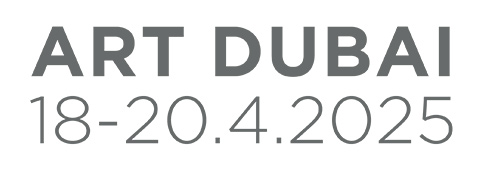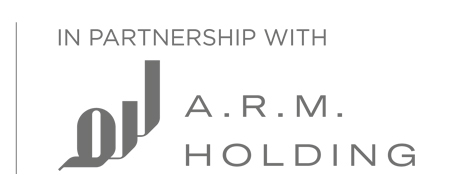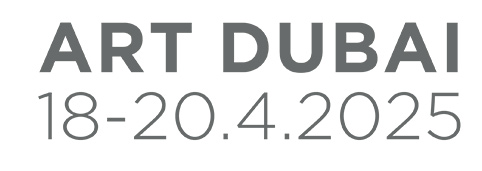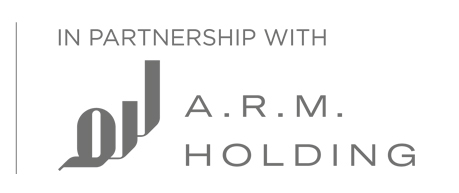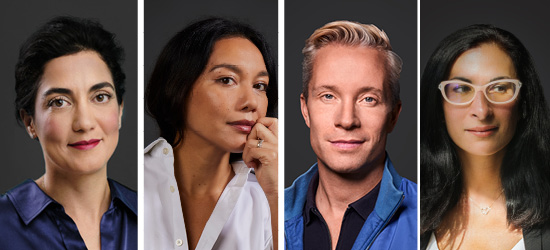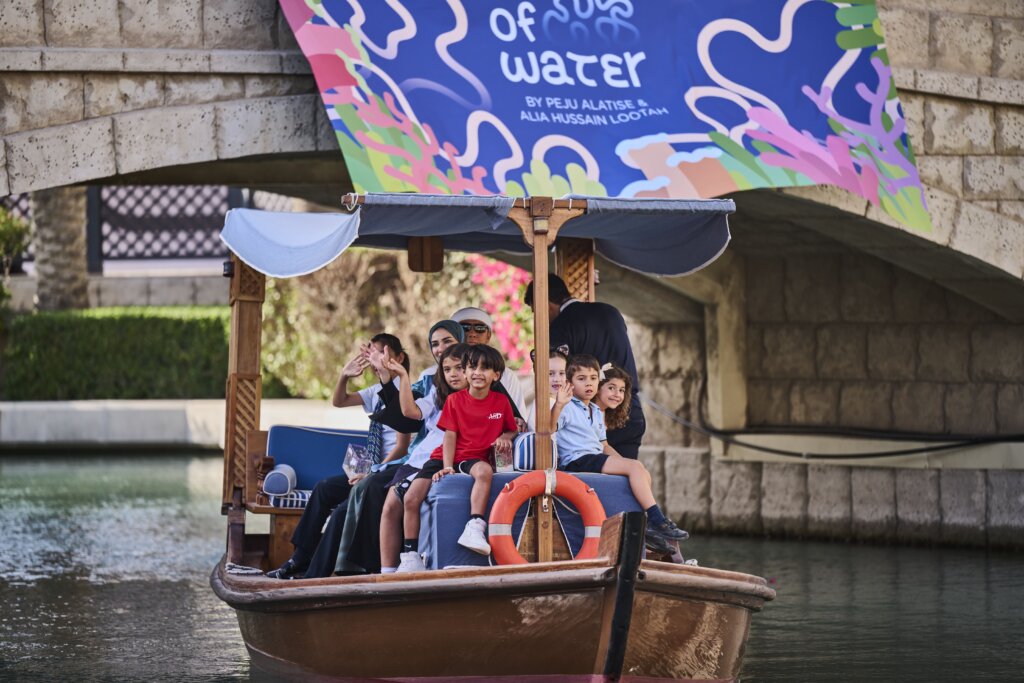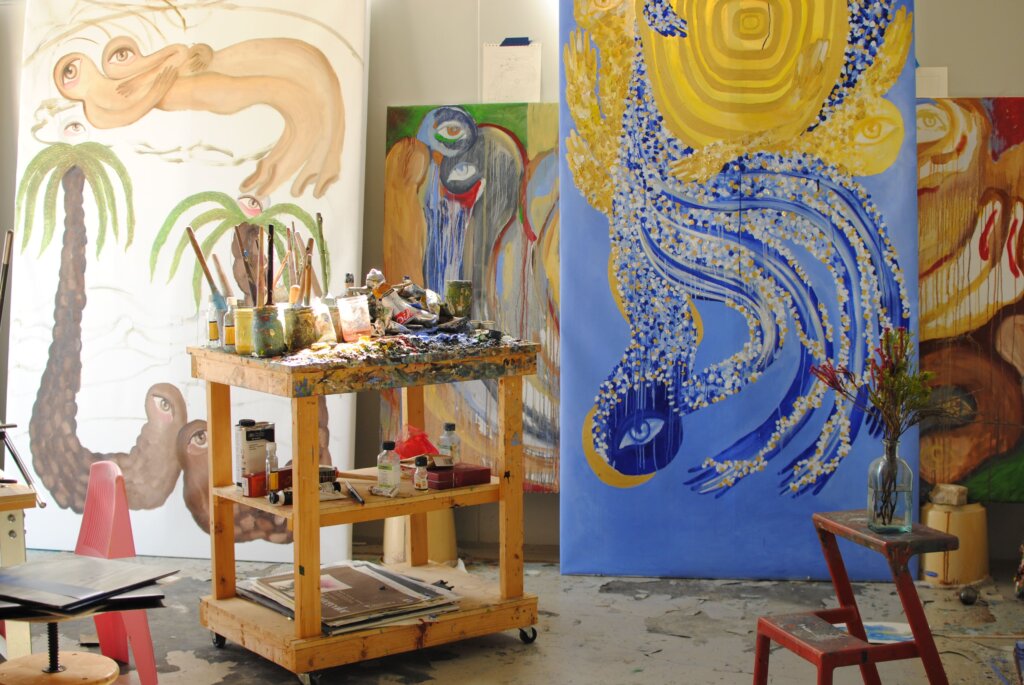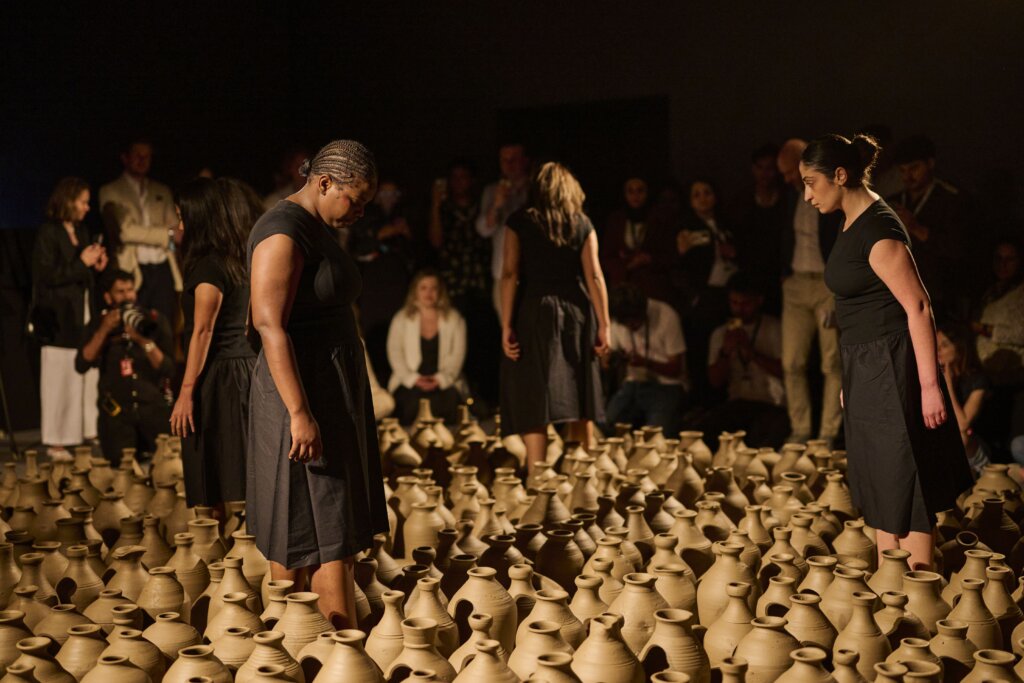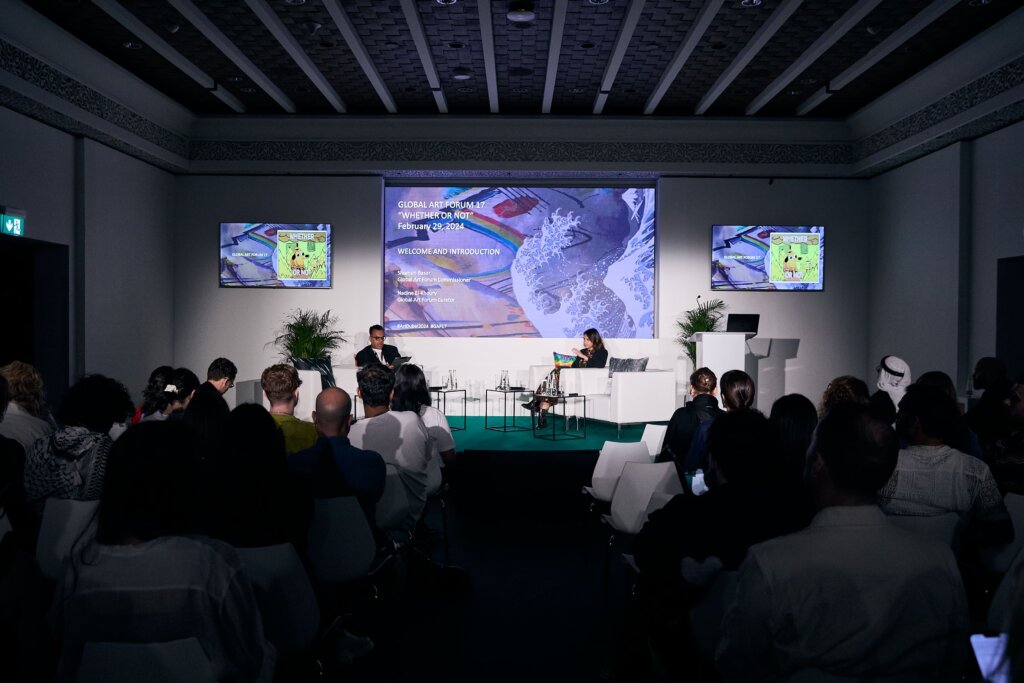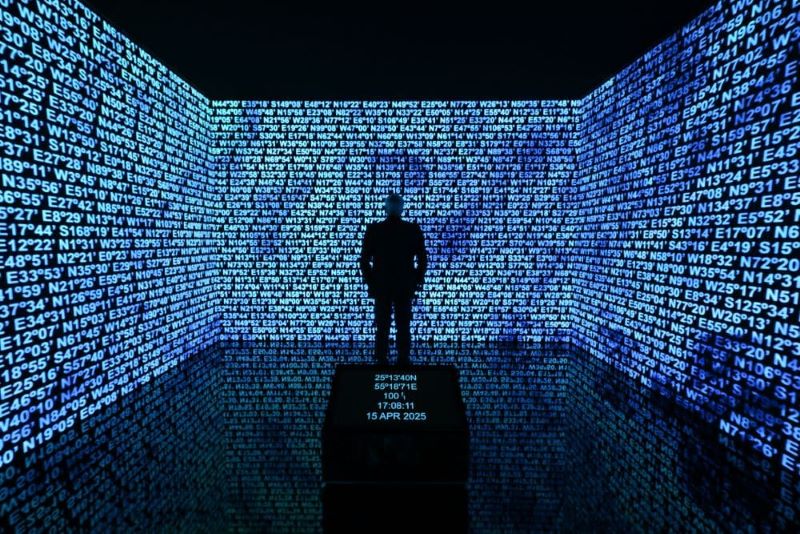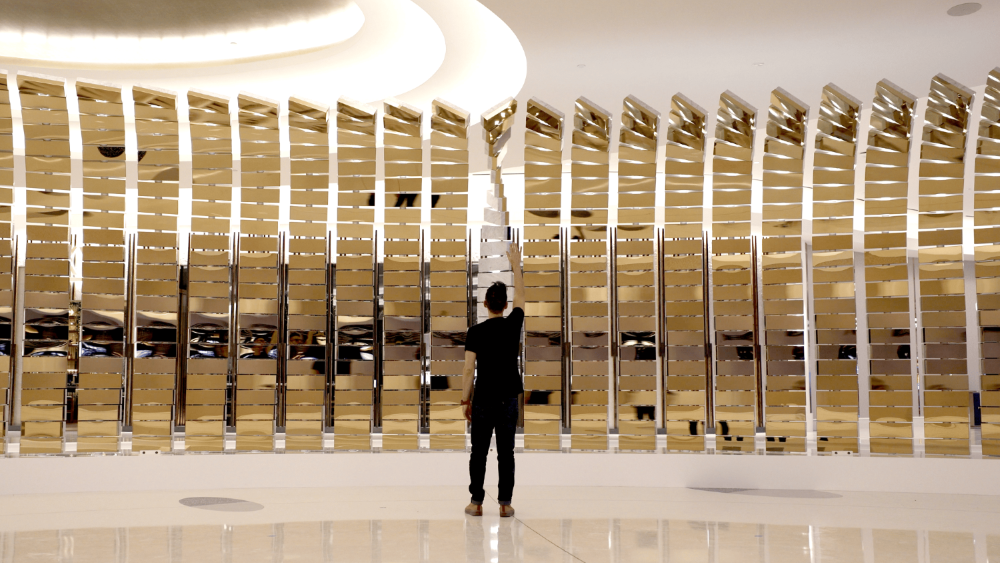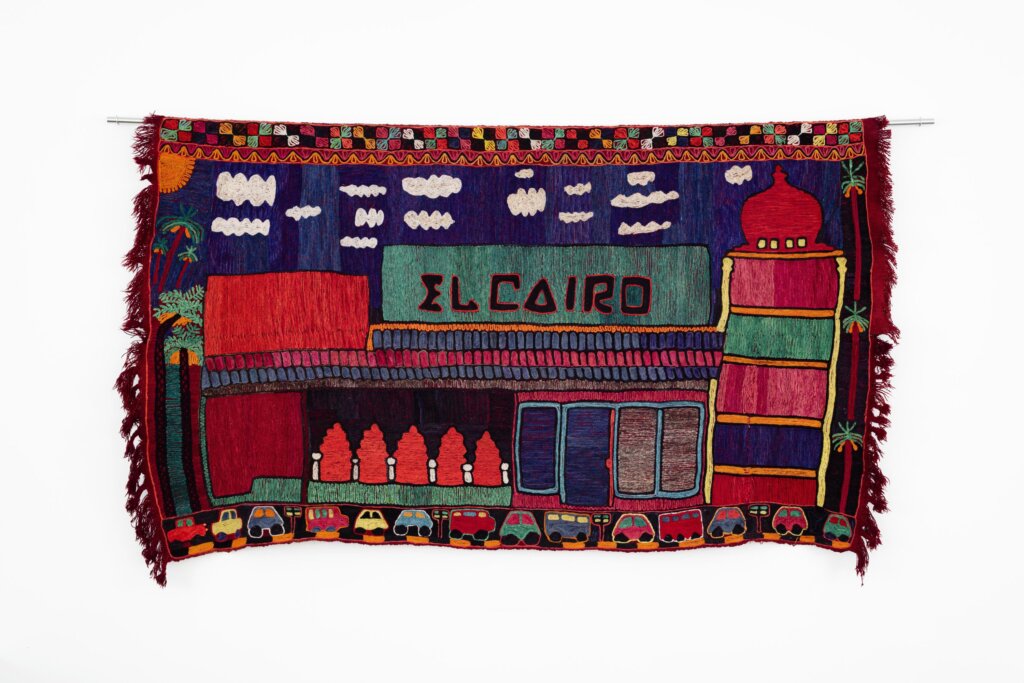Art Dubai spoke to Antonia Carver, Director of Art Jameel, about the opening of the Jameel Arts Center in Dubai next month as well as their plans for the Hayy: Creative Hub, a new creative complex for Jeddah’s cultural community.
Interview with Anna Seaman
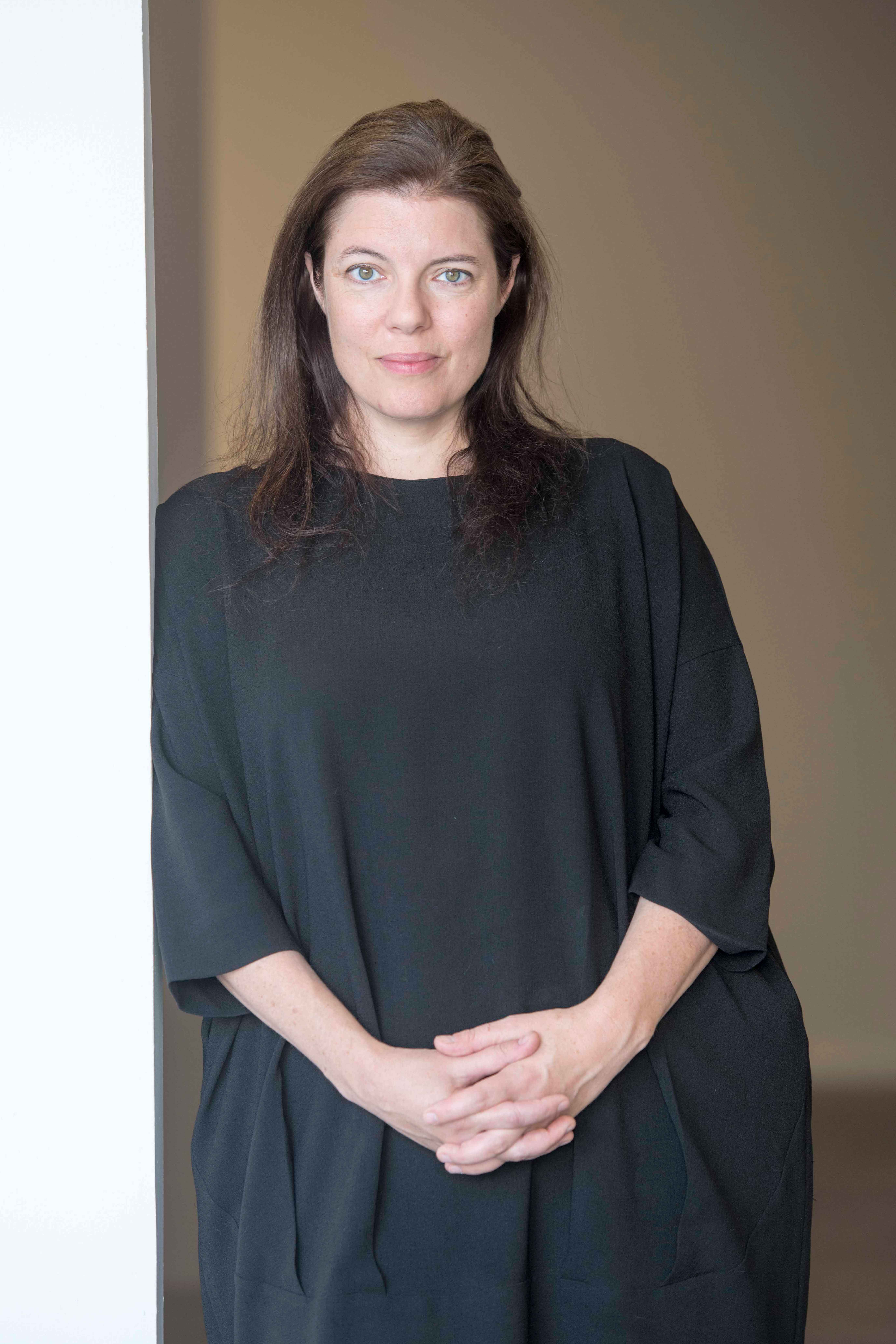
Art Jameel Director Antonia Carver. Photo Courtesy Art Jameel
There are two new institutions on the horizon for Art Jameel, the Hayy: Creative Hub in Jeddah and the Art Jameel Centre in Dubai. How similar are the two spaces and what are the main differences?
Great question! The Jameel Arts Centre on the Jaddaf Waterfront in Dubai opens this November 11, while we have a little longer on Hayy – the creative hub for Jeddah, which will open early 2020. The two cities have some similarities – both are trading cities, with a history of cosmopolitanism – whether through business, travel and communications or pilgrimage. This idea of exchange, of cities taking on a particular, port-inspired, outward-looking character, is something that’s very influential on our approach in general. We spent some time thinking about the cultural infrastructure in each city and how we could best contribute. Jeddah has a thriving but dispersed creative community, and Hayy is multidisciplinary — designed to bring together communities working across art, film, theatre, performance, comedy, creative entrepreneurialism and more. Dubai and the UAE have fantastic museums, artists’ residency programmes, commercial galleries – plus theatre, cinema, co-working spaces and so on – yet no kunsthalle type contemporary arts institution. Jameel Arts Centre should help fill a gap that exists, and we’ve deliberately chosen to focus on curating contemporary art exhibitions, plus developing a public access library featuring a dynamic programme of talks and research.
With regards to Hayy, can you tell us any specifics about the ways in which the centre will nurture the creative community?
This should be a ‘watch this space’ answer… but to give you a little preview: Art Jameel will run an arts centre (for art exhibitions), an arthouse cinema, artists’ studios, a performance and theatre space, plus we’re developing now a specific learning hub within Hayy dedicated to community education and mentorship across the various creative disciplines. The Art Jameel-run elements within Hayy will be complemented by like-minded partners, including commercial art and design galleries, a comedy club, cafes, co-working spaces – so that it truly becomes a ‘neighbourhood’ specifically geared towards the creative community.
Will there be initiatives to link it to the other creative institutions that Art Jameel already runs in Jeddah such as the House of Traditional Arts and the Sculpture Museum?
The three initiatives form a triangle, linking very different neighbourhoods in Jeddah, and each with a distinct purpose. Nonetheless, one of the most exciting and unusual elements of Art Jameel’s broad mandate is that we work both within the traditional arts, influenced by Islamic principles, and with highly contemporary artists, and this two-pronged approach allows us to explore how the two fields complement each other, and are actually far more influential on each other than traditionally supposed. This is related to the Jameel Prize, the fifth edition exhibition of which is currently on at the V&A in London; the prize awards contemporary artists and designers, from any background, country and working in any medium, who are inspired by Islamic art and design principles. Over its ten-year-run, the prize has tracked an extraordinary breadth of influence and experience.
As Jeddah is the home of the Jameel family, is there a special significance to opening this centre in the city?
In a word, yes! Besides being the Jameel family’s hometown, Jeddah is also a highly creative city and one steeped in a history of trade, exchange, influence. This spirit and depth of cultural experience is wonderfully present in the architecture of the Balad, the old city where the Jameel House of Traditional Arts is located, but it pervades the city as a whole, and will no doubt be inspirational for our programming at the Jameel Arts Centre in Hayy.
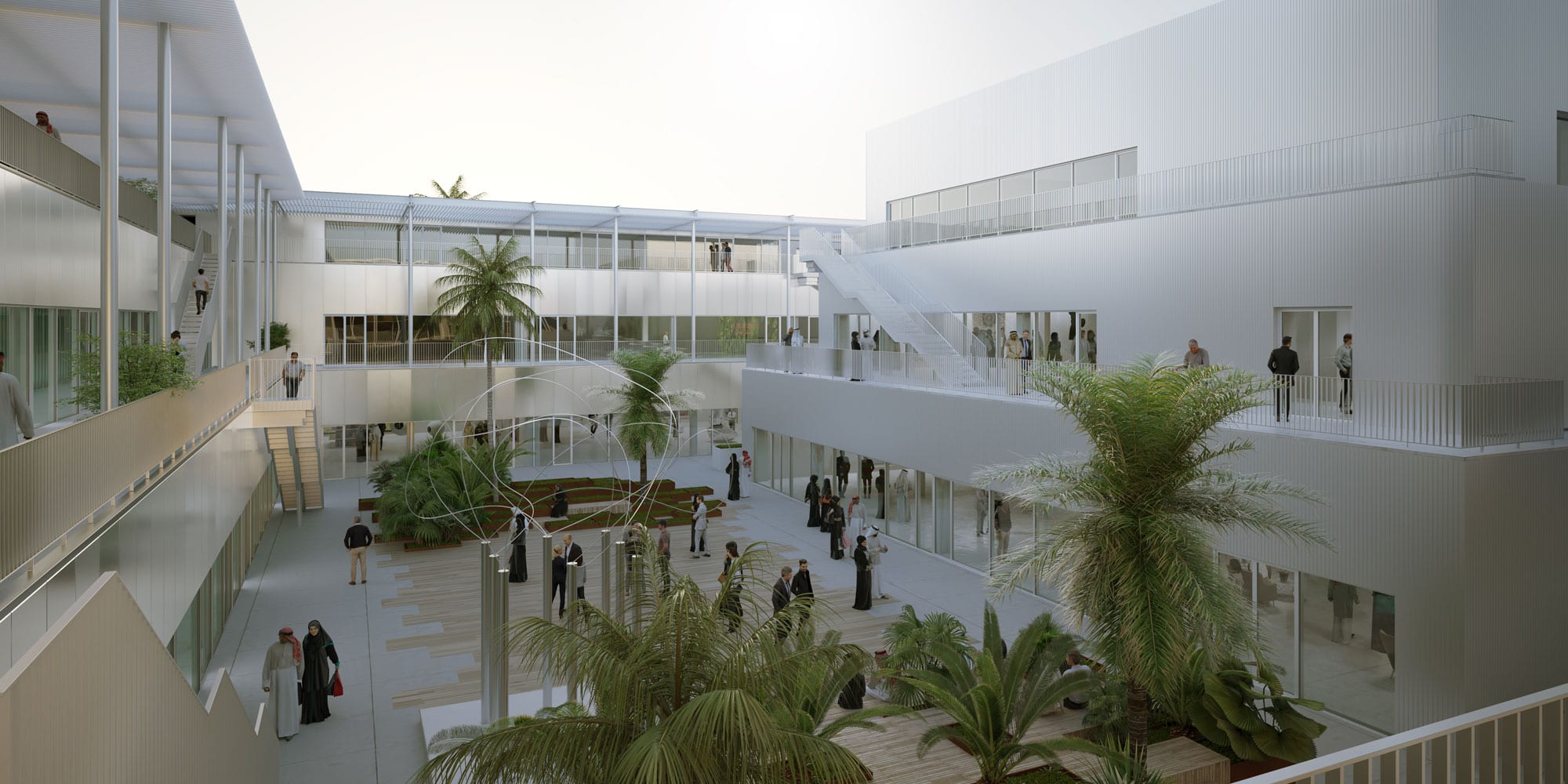
Jameel Arts Centre, Dubai
This will be the biggest commission to date for the architects behind the project – Ibda Design. Was it an important aspect of the conception to give the opportunity to a regional firm?
Yes. Both Jameel Arts Centre, Dubai – designed by Serie Architects – and Hayy: Creative Hub, by Ibda – are imagined by young, upcoming, yet increasingly influential architectural practices. It was an organic process but I guess we deliberately steered away from starchitects, and it’s been a joy working with architects for whom a project like this could be a game-changer, and who are deeply practical, yet pour creativity and a passion for detail into every square millimetre. Ibda has also advised on the Jameel Arts Centre in Dubai, alongside Serie, so we work closely together. Ibda is based in Dubai; its principle architects Wael Al Awar and Kenichi Teramoto are Lebanese and Japanese; the team comes from all over the world; and despite being incredibly busy, they seem to constantly push themselves to think up new ideas.
Putting the opening of Hayy in context of the wider Gulf art scene in general, it is even more significant. With the Louvre opening, all of the other Saadiyat institutions as well as the new Jameel centre in Dubai, this seems to put further international focus on the region as well as a big leap forward in terms of institutional infrastructure. Would you agree that the region is becoming consolidated through its artistic endeavours?
Well, I guess this new surge in infrastructure was long overdue, and perhaps we are still playing ‘catch-up’, if we put this in an even wider context of a region that has a young, fast-growing population, and a desperate need for sustainable, homegrown cultural initiatives and rigorous, accessible educational establishments – let alone publishing endeavours. There’s still so much to be done! What’s exciting is that different kinds of institutions and projects are coming to the fore, and that a DIY attitude is taking root among young artists – take the artist-run exhibition and studio space Bait 15 in Abu Dhabi, for instance.
From an international perspective, Saudi has been seen to soften its image in recent years – with women being allowed to drive and general opening of the society. Is one of the wider goals of Art Jameel to contribute towards a positive image for the country?
The arts, generally, is where complexity, contradiction and critique thrive, or should do, at least. In the Gulf states – and perhaps the wider region – contemporary arts take on a particular edge, as this region is so often understood through binaries or generalisations or in terms of an assumed linear line of political development. So I guess it’s maybe not so much about projecting a prescribed positive image, but more in terms of seeing positivity in homegrown talent and also in the capacity of artists to ‘muddy the waters’, to allow us to ask questions, as much as give answers, in our quest to understand what a society can be.
From a personal point of view, how important is it to you to be directing this organisation that is so committed to maturing the art and creative scene in the Gulf? I ask this particularly in light of your career path, which seems to have been working towards this point?
Oh wow, thank you, and yes, it does feel like quite a responsibility too, given the commitment of the organisation and the family that supports it! As a team, we have a lot to do over the coming weeks, months, years, but it’s a privilege and a truly exciting challenge.
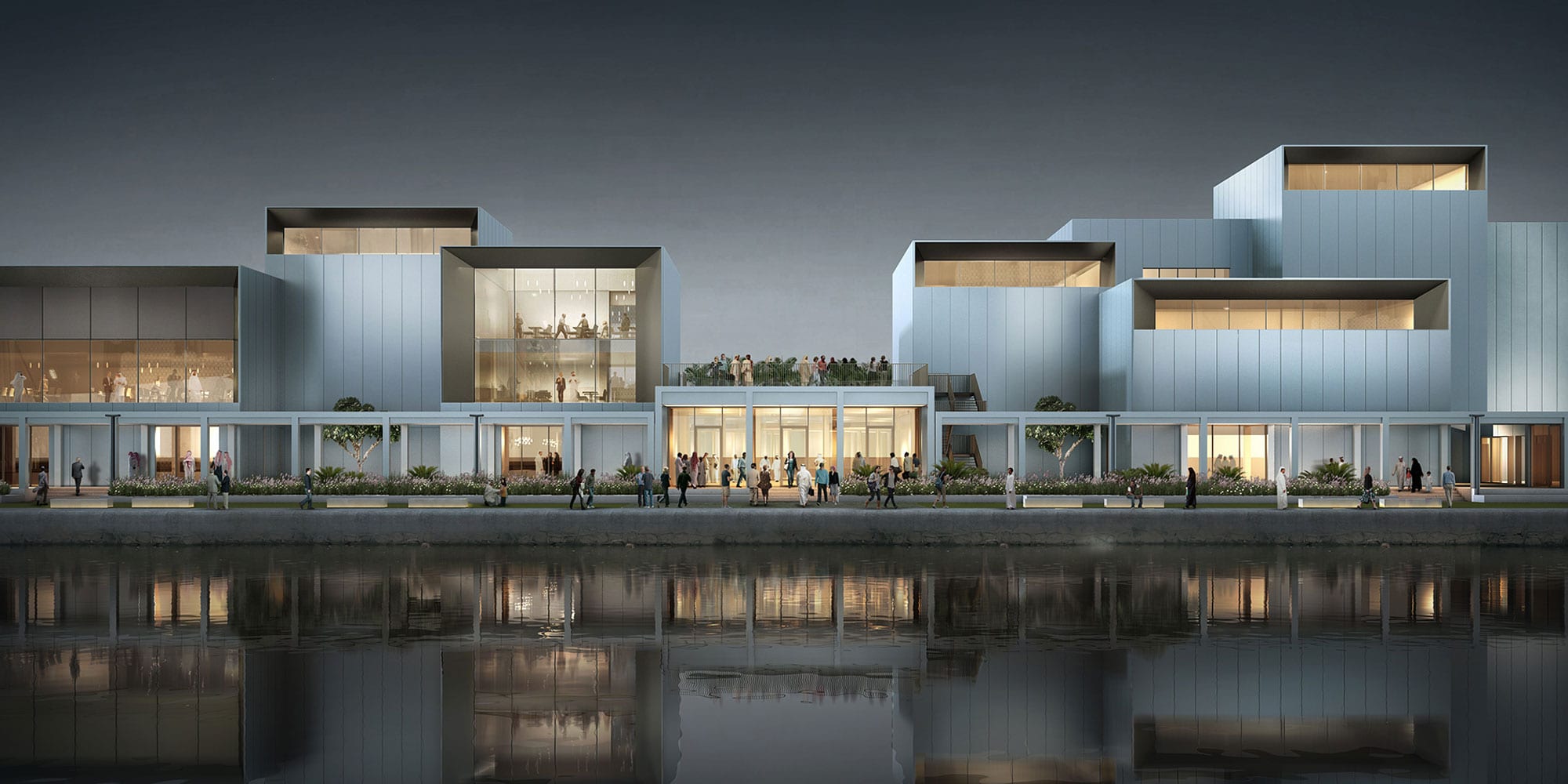
Art Jameel Centre, Dubai
